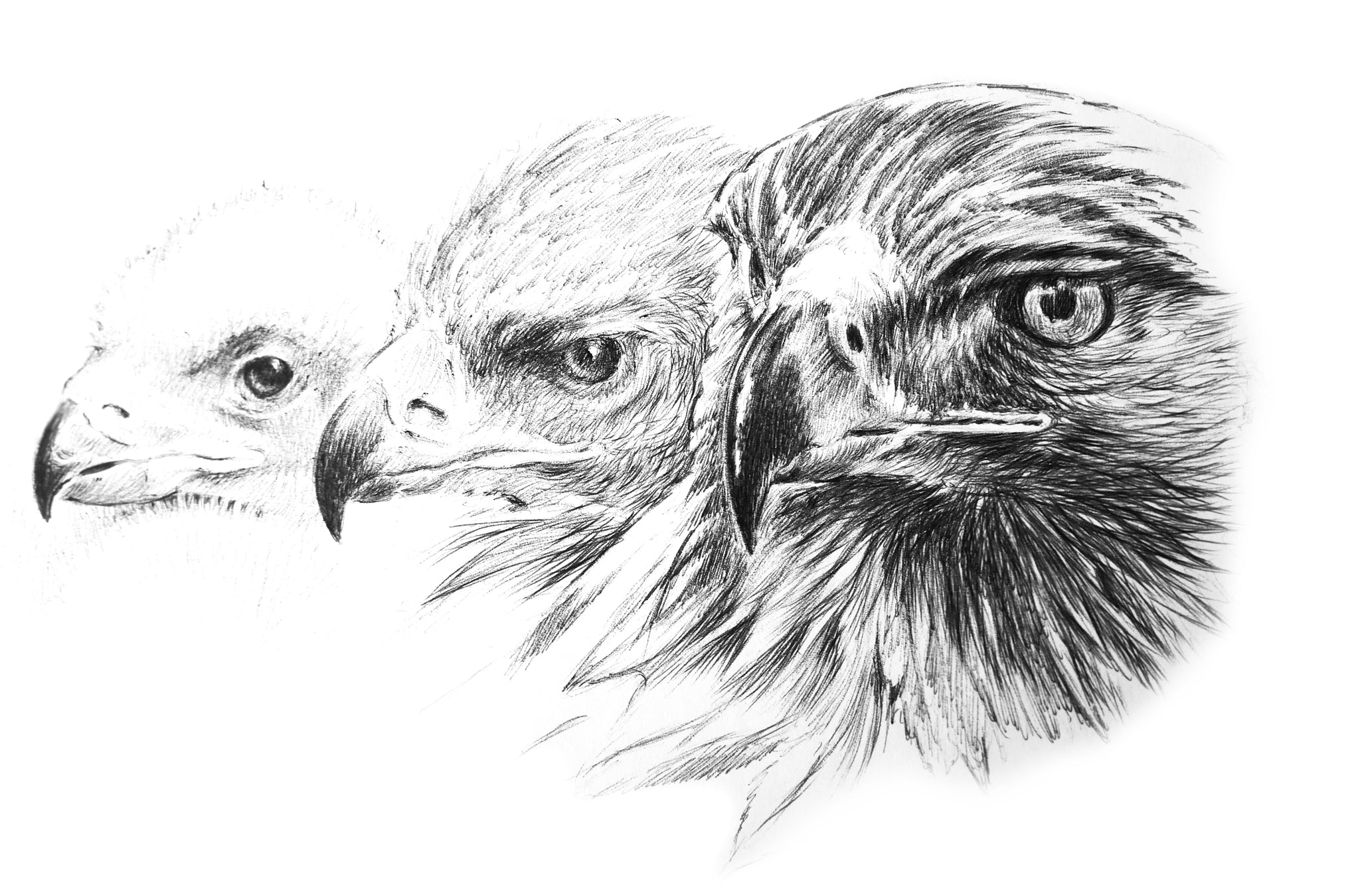









The Golden Eagle Around the World: A Monograph on a Holarctic Raptor
Details
Editors: David H. Ellis, Jesús Bautista, Catherine H. Ellis
ISBN: 978-0-88839-775-1 [Hardcover]
ISBN: 978-0-88839-777-5 [eBook]
Binding: Trade Hardcover
Size: 8.75" X 11.5"
Pages: 928
Illustrations/Photos/Tables: 1453
Publication Date: 1 Aug 2024
Description
Frontmatter and Table of Contents
Unlike all other monographs on the Golden Eagle, each of which had a regional focus on the study area of the author, this book represents the most wide-ranging compilation of Golden Eagle research ever. With over 175 authors reporting on more than 2000 combined field seasons, representing every biome where the species is found, this book marks one of the greatest attempts to describe the biology of any circumpolar species. Having more than 920 pages, over 1,500 illustrations, many never previously published, this work represents a truly global achievement. It merits a place in the library of every ornithologist and raptor enthusiast.
What will you find in The Golden Eagle Around the World?
From the decades-long studies of 178 authors, you will find nationwide and worldwide population estimates. Long-term trends for many lands show that many Golden Eagle populations are increasing. Along with descriptions of the world's subspecies, you will learn of various odd forms: the rare pale-breasted form from Scandinavia and northwestern Siberia and a very rare white-shouldered form that strangely is rather common in the southwestern United States. From recent molecular genetics studies, you learn of the relatedness of various populations.
Recent studies with Golden Eagle molt have revealed much about molt rate in Iberia, and 3 phenomena new to science are described: (1) that Golden Eagle, and presumably other birds, have the ability to detect and replace broken feathers, (2) that feathers at high-wear loci are replaced more frequently, and (3) that there are 19-day cycles in the number of feathers lost during molt.
In The Golden Eagle Around the World, you can also read of the simurgh, a now extinct giant Golden Eagle that probably hunted the dimunitive elephants and rhinoceroses that once lived on islands in the Mediterranean Sea.
Read of such dietary oddities as the survival of eagles in the Negyev Desert on 1 species of lizard. And in several regions, foxes and other predators make up one-third to one-half of the diet. Other populations depend on hedgehogs for prey, while populations around the Mediterranean Sea subsist largely on tortoises. Strangest of all is that the tiny population in Denmark feeds mostly on free-ranging chickens and farmed pheasants. We summarize prey from over 200 studies. Over 114,000 prey have been collected from 4,300 territories. Over 400 prey species have been documented.
A major focus is on novel population threats and solutions. In Spain, irrigation ponds with plastic liners present a growing threat for drowning. Collisions with wind turbines are discussed for many regions. Habitat degradation from solar "farms" is discussed, while electrocution is a growing concern in many nations. Collisions with trains is an important mortality factor in northern Scandinavia. Also, near the Polar Urals, brown (grizzly) bears are a major predator on eaglets.
Much has been learned about habitat use in recent decades. Perhaps most valuable is the recognition of the importance of hunting zones where juveniles and subadults survive before breeding. A fascinating discovery is the use of medieval monasteries as eagle breeding sites. All 5 nests of one pair in Bulgaria are in caves carved by monks into cliff faces. And from the Kirgiz Republic, see what is likely the largest nest of any bird, ever. Ground nests are pictured for Mongolia and discussed for Kazakhstan and elsewhere.
All known Golden Eagle behavior action patterns are described. Also, the little-known populations of northern Africa are here discussed in detail. We also include a brief chapter on captive breeding of Golden Eagles. In 5 appendices, we summarize and tabulate the world's literature on population size for each region, habitats used for breeding, reproductive rates in many lands, breeding density, and prey, worldwide. A final benefit for the scientist is that we provide thousands of references, hundreds of which have been corrected to eliminate errors that have accumulated over the decades.
Editor Biographies

David H. Ellis was born to study Golden Eagles. He began drawing birds by age 4, hiking alone by 9, and teaching and publishing while still an undergraduate student. His publications exceed 400 articles or essays in many books and 50 journals. In all, he has edited or authored over 4,000 pages, with over 130 other authors from over a dozen nations. His Enter the Realm of the Golden Eagle won national and international book awards. Other books (Behavior of the Golden Eagle: An Illustrated Ethogram; Cranes, Their Biology, Husbandry and Conservation; and 4 other titles) are also available.
Book Reviews
“David H. Ellis and Jesus Bautista are particularly well qualified to achieve the enormous task of assembling this book with an incredible team of over 170 authors, in an attempt, surely without precedent, to provide us with a world-scale appraisal of Golden Eagle populations. And they have succeeded, giving us the opportunity to enjoy one of the most interesting and beautiful books on raptors that we have ever seen.”
— Miguel Ferrer, Applied Ecology Group, Seville, Spain
“It is a treasure of knowledge and new findings, and so exquisitely produced. Having so much new material from Asia is remarkable. The range of imagery is outstanding. It is quite simply a magnificent book--far and away exceeding expectations.”
— Des Thompson, UK

